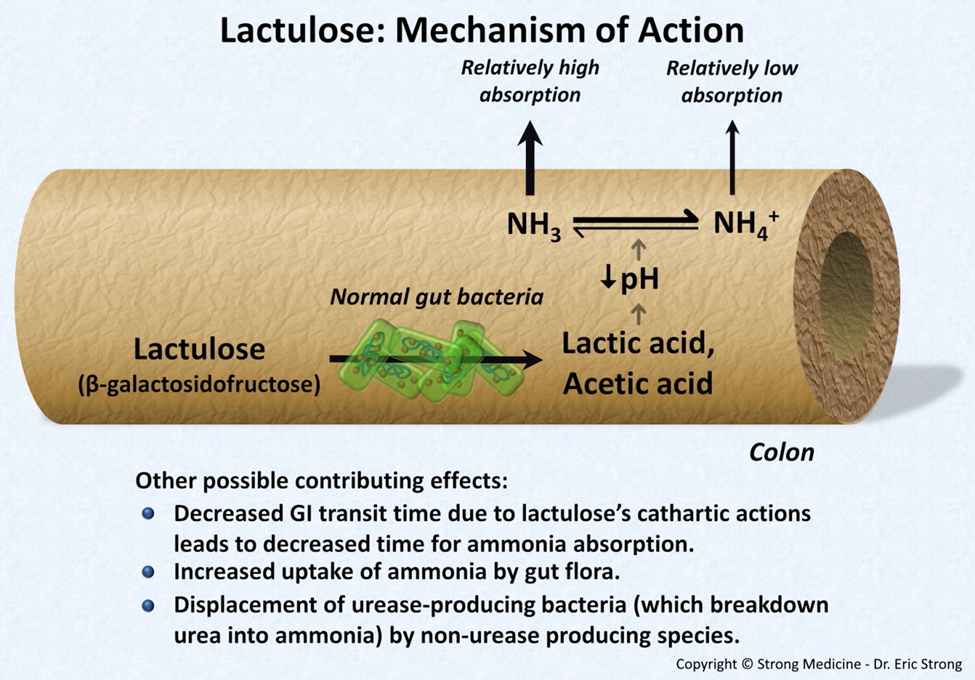A nurse is caring for a client who is being admitted for an acute exacerbation of ulcerative colitis. Which of the following actions should the nurse take first?
Investigate the client's emotional concerns.
Check the client's perianal skin integrity.
Obtain a dietary history from the client.
Review the client's electrolyte values.
The Correct Answer is D
A. Investigate the client's emotional concerns:
While addressing emotional concerns is important, assessing electrolyte imbalances and physiological stability takes precedence in managing an acute exacerbation of ulcerative colitis.
B. Check the client's perianal skin integrity:
Assessing perianal skin integrity is crucial, especially in inflammatory bowel disease, but it might not be the immediate priority compared to evaluating electrolyte imbalances.
C. Obtain a dietary history from the client:
Although dietary history is relevant for managing ulcerative colitis, the urgency lies in assessing and managing potential electrolyte imbalances due to the exacerbation of the condition.
D. Review the client's electrolyte values:
This is the correct action. During an acute exacerbation of ulcerative colitis, the client is at risk of electrolyte imbalances due to diarrhea, dehydration, and potential fluid and electrolyte losses. Promptly reviewing the electrolyte values helps identify any imbalances that might require immediate intervention.
Nursing Test Bank
Naxlex Comprehensive Predictor Exams
Related Questions
Correct Answer is A
Explanation
Correct answer: A
A. Bear down:
Bear down: Asking the clientto bear down gently (as if to void) helps to expose urethral meatus.Bearing down simulates the act of urination and helps open the urethra.
B. Exhale slowly:
While exhaling slowly might help the client relax, it does not specifically assist with the insertion of the catheter as effectively as bearing down.
C. Contract the pelvic muscles:
Contracting the pelvic muscles (such as squeezing or tightening) might make catheter insertion more challenging by tensing the area where the catheter needs to pass through.
D. Take a sip of water:
Drinking water is not typically instructed during urinary catheter insertion, as it's unrelated to the process and might increase discomfort.
Correct Answer is B
Explanation
A. Lactulose is not used to decrease potassium levels. It is a laxative that works by drawing water into the colon, softening stools and promoting bowel movements.
B. Lactulose is used to decrease ammonia levels in clients with cirrhosis. Ammonia is a byproduct of protein metabolism, and when the liver is compromised, it may not effectively convert ammonia into urea, leading to elevated ammonia levels in the bloodstream. Lactulose helps reduce ammonia absorption in the colon.
C. Lactulose does not decrease glucose levels significantly. It is not primarily used as an antidiabetic medication.
D. Lactulose does not affect bicarbonate levels significantly. It primarily targets ammonia reduction in clients with cirrhosis.

Whether you are a student looking to ace your exams or a practicing nurse seeking to enhance your expertise , our nursing education contents will empower you with the confidence and competence to make a difference in the lives of patients and become a respected leader in the healthcare field.
Visit Naxlex, invest in your future and unlock endless possibilities with our unparalleled nursing education contents today
Report Wrong Answer on the Current Question
Do you disagree with the answer? If yes, what is your expected answer? Explain.
Kindly be descriptive with the issue you are facing.
